As a result of the projects completed with CITB, Network Rail, Tunnelskills and Keltbray, TfL approached Make Real to create a bespoke immersive learning experience using VR to cover aspects of site induction and the necessary health, safety and well-being aspects of the large construction project in London, Crossrail.
Create an immersive learning experience that enables site induction to be carried out safely and remotely, ensuring new starters have the necessary knowledge and understanding before setting foot on real-world construction sites across London. Furthermore the experience should show potential construction apprentices what working life at TfL looks like.
Trainees need to have good site health and safety awareness before setting foot on a real-world site. Typically this training is delivered via a series of videos and facilitator sessions which rely upon theory and blind knowledge being acquired. TfL wanted to make the onboarding experience more immersive so trainees felt as if they had actually been onsite and would better correlate their learning to safe real-world behaviours.
The immersive learning experience was developed for Oculus for Business Quest standalone VR headsets to ensure portability around sites and ease-of-use for facilitators. This enables the experience to incorporate full VR features, allowing freedom of movement and both learner’s hands being tracked in VR space for interactions.
The content was created with Unity 3D engine to create an accurate, technically performant VR experience, blending 3D CGI assets with a real-world 360º photo skybox taken from Crossrail construction sites. Make Real learning designers worked in collaboration with the training facilitators to create content that was realistic, adhered to protocol and provided accurate feedback relevant to the requirements of meeting health and safety standards onsite.
The experience sees the learner going through the gearing up process of selecting and learning about correct Personal Protection Equipment (PPE) before answering a series of questions about onsite health, safety and well-being. Once scores and feedback is provided, they are then taken onsite virtually to spot and learn about multiple points of interest and answer questions about what each aspect poses in terms of a health, safety and well-being perspective.
Studies and research shows the benefits of integrating immersive learning experiences delivered via VR into your blended training approach as follows:

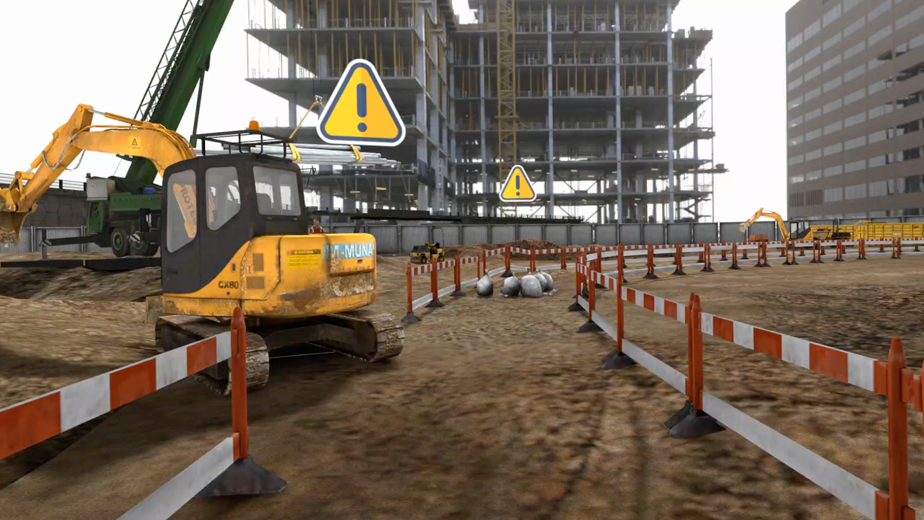
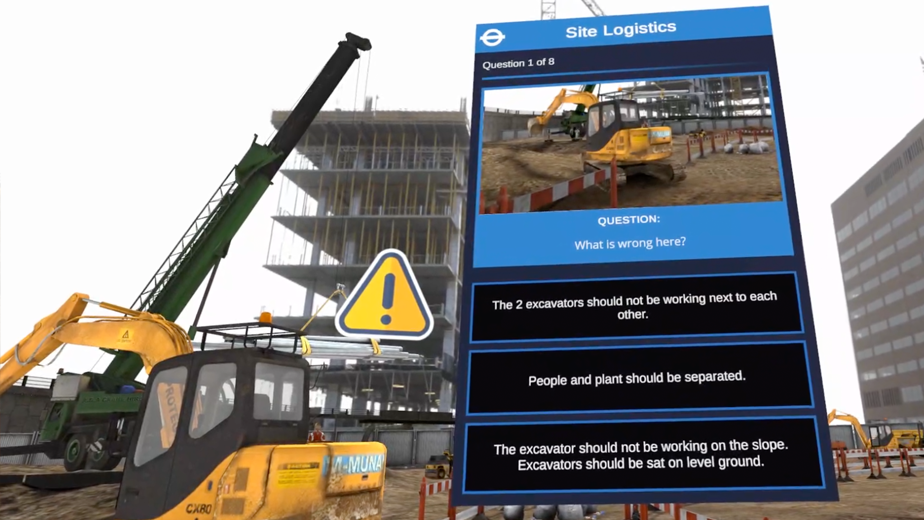
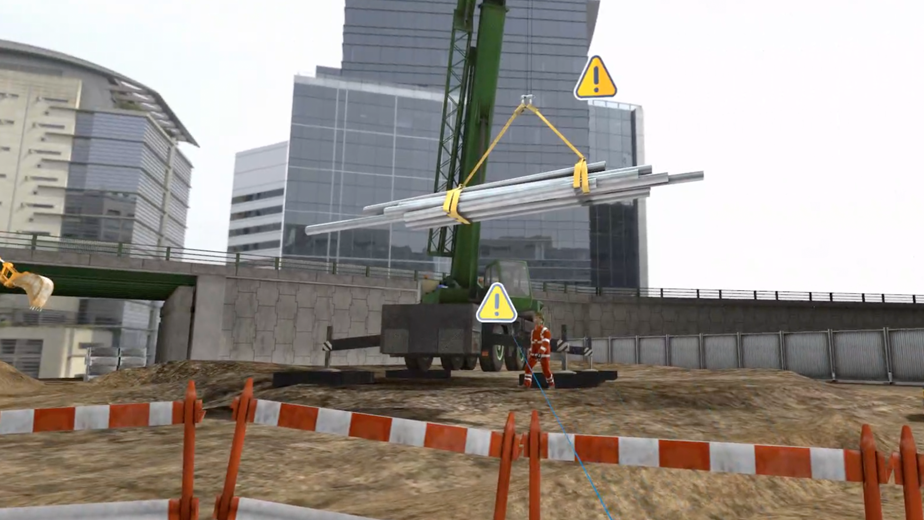
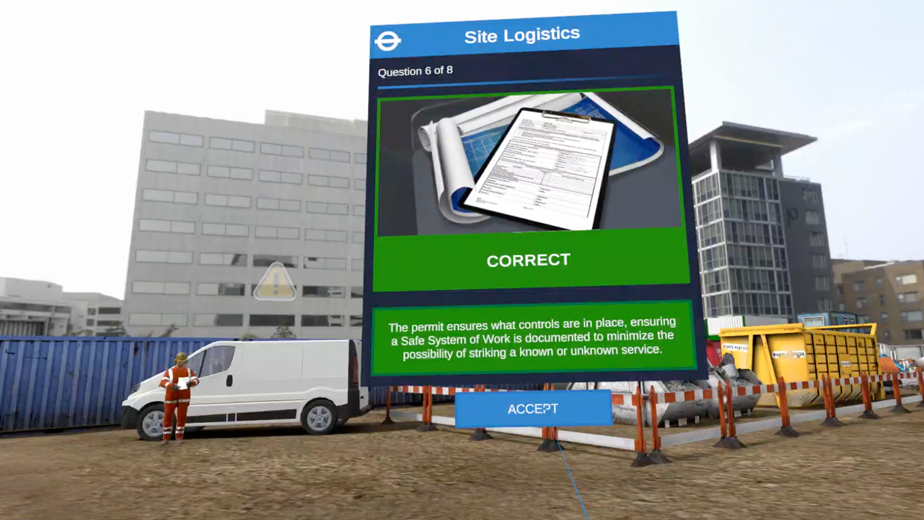
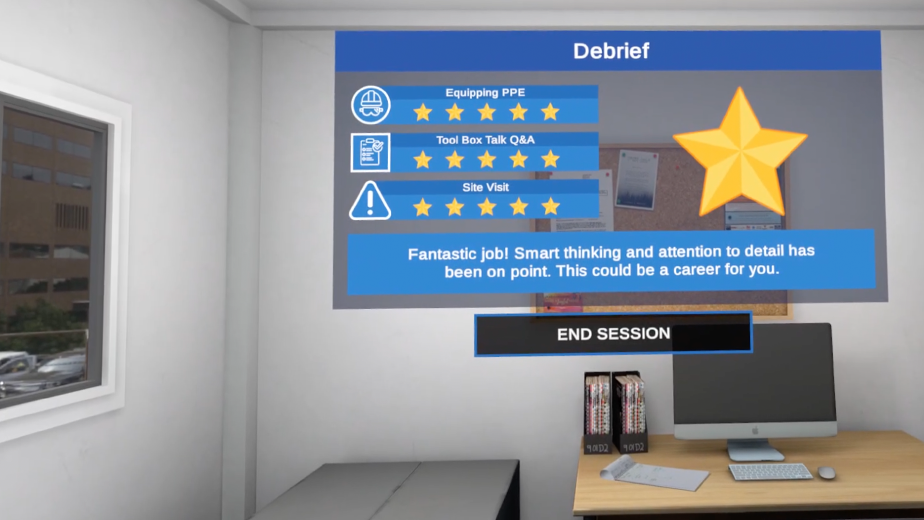
We’re always happy to talk to you about how immersive technologies can engage your employees and customers. If you have a learning objective in mind, or simply want to know more about emerging technologies like VR, AR, or AI, send us a message and we’ll get back to you as soon as we can.